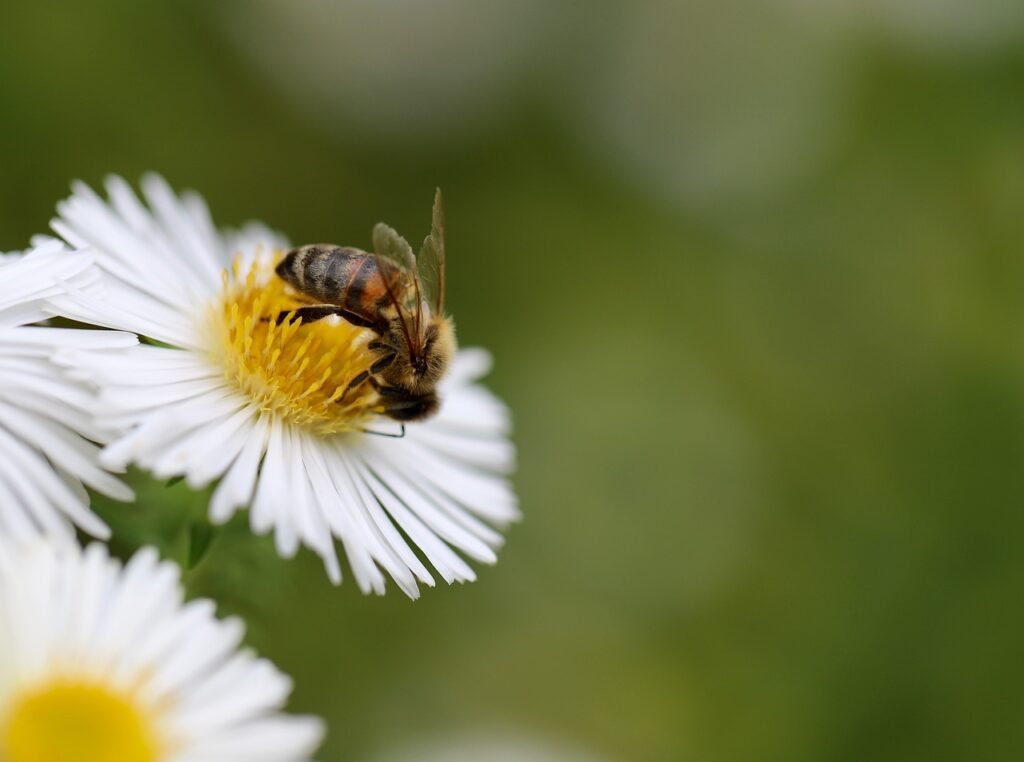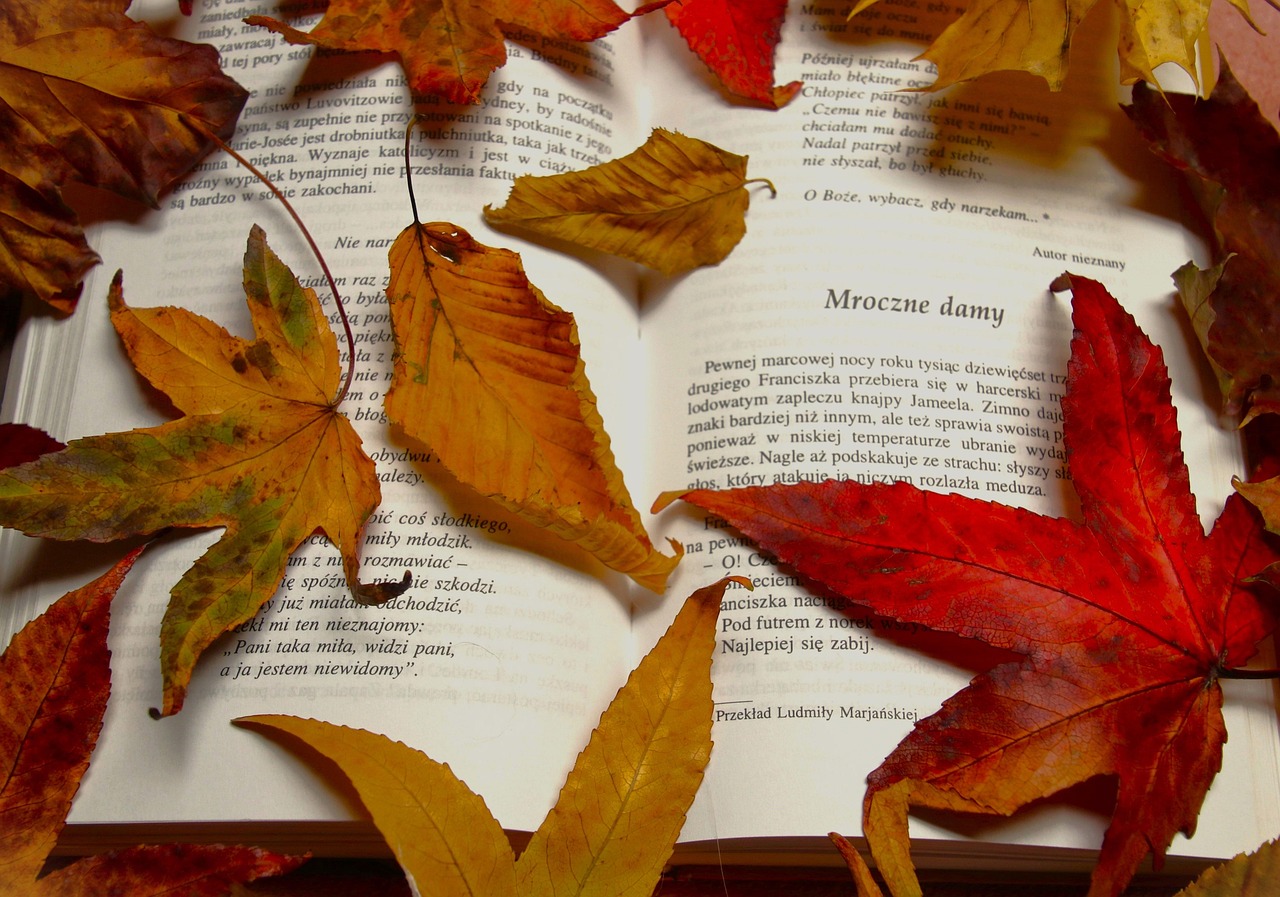Poetry and metaphor are most often seen together. Why not? They’re good friends, and they live in the same neighborhood. Writers often use metaphor in their poetry to communicate a feeling in a way that is either simple to understand or more complex. When a poet includes just the right metaphor, the result commands the reader’s attention and then points them in the likely direction for understanding the entire poem.

Definition of Metaphor
A metaphor is created when two things–seemingly different–are spoken about as if they go together and always have. The poet states that one thing “is” another thing. The two things being compared could be anything–people, places, events, abstract ideas, or emotions. However, it’s important to remember that “The comparisons created by metaphor are not meant to be taken literally. Rather, metaphors are figurative—they create meaning beyond the literal meanings of their words.”1 Therefore, to understand a metaphor, we first need to understand what two things are “literally” being compared. Then we can move on to determining what the writer is trying to say “figuratively” by putting the two together for analysis. They’re trying to tell us something, and it’s our job to uncover what that is.
Literal Meaning
When looking at a metaphor, we should first look at the simplicity or even the ludicrousness of it’s literal or actual meaning. That is step one of understanding poetry and metaphor. For example, “She is a lion stealthily entering the room of clients.” The metaphor states that this “she” is also a “lion.” She is walking into a room full of what we can assume are humans–possibly in an office setting. The picture that creates in the reader’s mind is of an actual lion coming into a meeting space–which is kind of scary. However, the reader must remember that the one to one comparison is not the intention of the poet. They want us to see it in our mind’s eye, yes. But, to uncover meaning, we must move past what is obvious and look to the figurative.
Figurative Meaning
It’s actually in the figurative meaning of a metaphor that we find what a poet is trying to communicate to us. Remember, poetry and metaphor work together to give us more than just a story or an image. As the poetry consumers, we are asked to dig deeper than the literal when we encounter metaphor. “She is a lion stealthily entering the room of clients,” speaks to the powerfulness of the person about to meet or to lead a group of people. What this metaphor tells us is that the woman knows what she’s doing. She knows how to present herself, and she knows exactly who she will encounter. It implies authority and power.
Poetry and Metaphor
In a previous post, we discussed the five steps for analyzing a poem. Step #4 requires us to purposely look for figurative language, such as metaphors, in the poems we read. Often, we can see the meaning of the entire poem within the parts of a metaphor. So, if we can identify and unpack the ones the poet uses, we can comprehend the message of the whole poem, which is our goal as readers of poetry.
Take a look at the following poem: “‘Hope’ is the thing with feathers” by Emily Dickinson. It’s a perfect example of how meaning unfolds because of a comparison.
“Hope” is the thing with feathers -
That perches in the soul -
And sings the tune without the words -
And never stops - at all -
And sweetest - in the Gale - is heard -
And sore must be the storm -
That could abash the little Bird
That kept so many warm -
I’ve heard it in the chillest land -
And on the strangest Sea -
Yet - never - in Extremity,
It asked a crumb - of me.
Hope, which is a feeling of trust that something good is always possible, is a bird. The bird is always singing–no matter the circumstance. And, it never asks for anything in return, which comforts the narrator.
Examples of Metaphors
You’ll find metaphors in all types of writing, but most often you’ll find poetry and metaphor together. Some metaphors are easy to understand and some not so easy. Remember, you have to look first at the literal meaning and then look past that. Here’s a few examples of metaphors in poetry and their explanations:
“Two Names” by Jennifer Luster
A Spanish female name is a ballerina
piquing across a glistening silver floor,
with a long white translucent skirt spinning about her waist
and flying up each time she raises her arms
as though the edges were attached at her wrists.
In the above example, a Spanish female name is being compared to a ballerina--flowy and easy. The speaker does not say it directly, but it's the sound of the name that is soft the way a dancer appears on the dance floor.
“The Road Not Taken” by Robert Frost2
I shall be telling this with a sigh
Somewhere ages and ages hence:
Two roads diverged in a wood, and I—
I took the one less traveled by,
And that has made all the difference.
In Robert Frost's famous poem, this stanza hones in on the metaphor. The two roads equate to two life paths or futures. One day the speaker will tell the tale of which direction they went and why.
“The Bee That Hid in My Tote” by Jennifer Luster
Dizzy from the organic nectar,
the bee did not flee,
so, I struck again—
playing a game of Whac-A-Mole
until I earned the high score
and he the low.
In this example, the narrator is trying to kill a bee and compares that act to that of playing a game of Whac-A-Mole, which involves using a large rubber mallet to hit the heads of moles as they pop out of their holes. Though there is not actual game or winner to be had, the bee is obviously the loser.

Summary
Metaphor is a common technique used in poetry and other forms of writing. Writers employ its use not only to express their reason for writing, but also to leave the reader with something to ponder. Using metaphor offers writers a way of describing an experience, a feeling, or a notion in a surprising or more affecting way. And when a reader relates to an idea they would otherwise have been unable to, that creates an undeniable human connection. It’s that connection, that sameness, the brings us back to poetry again and again.
